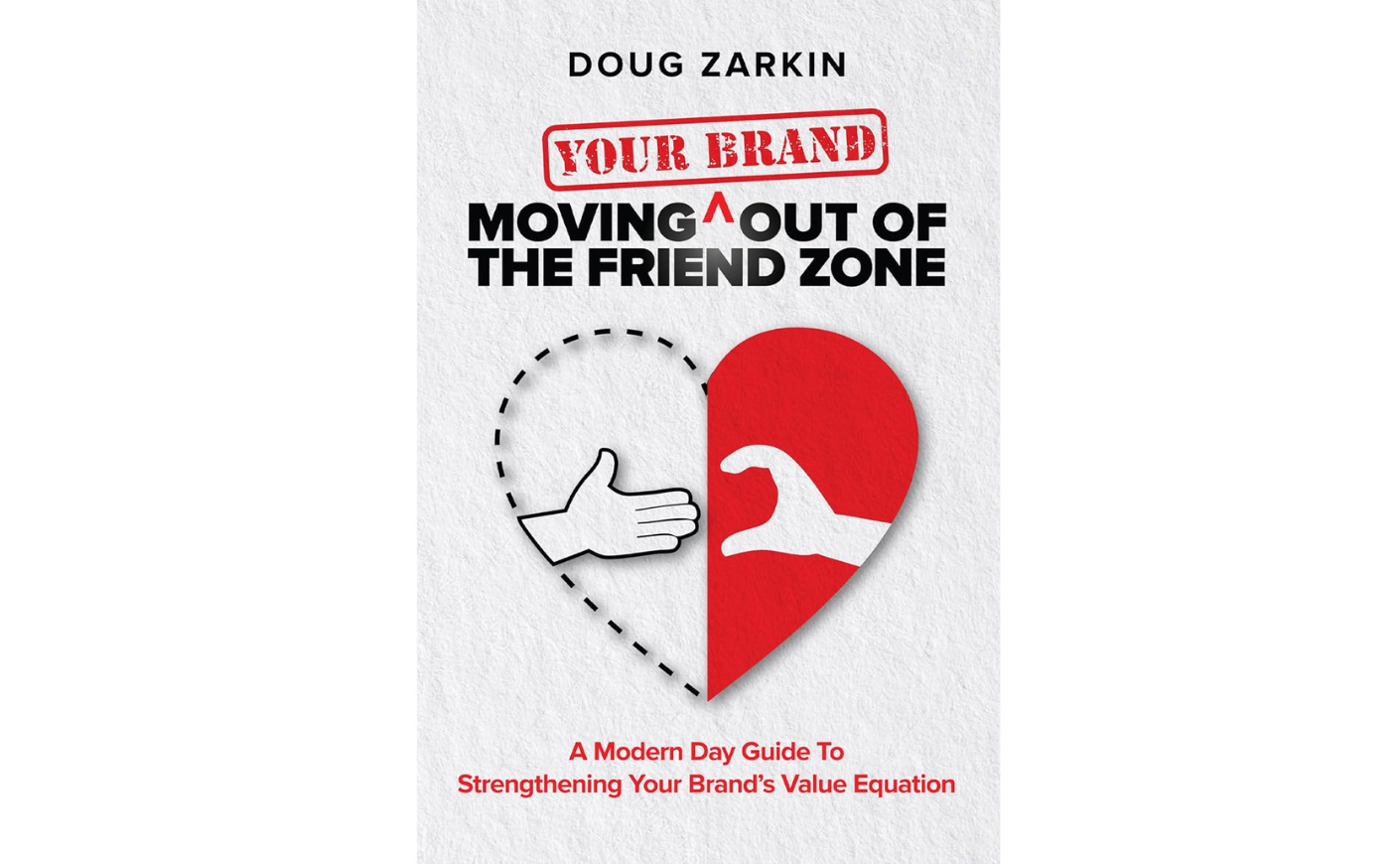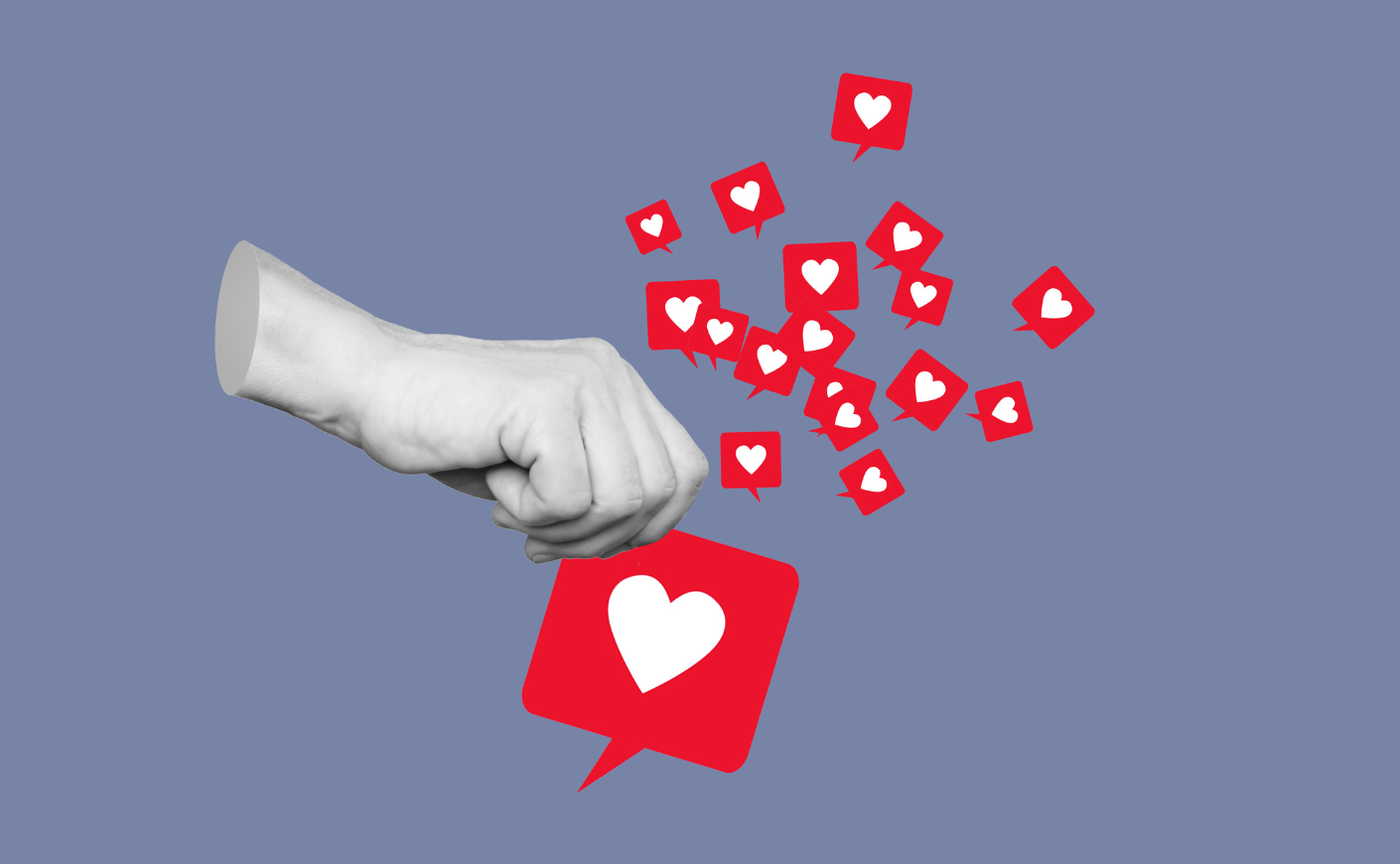Picture this: you’re on a first date. The conversation is pleasant enough. They’re polite, maybe even funny. You part ways thinking, Yeah, I like them. But do you rearrange your schedule to see them again? Do you tell your friends they might be “the one”? Probably not.
That’s the trap so many brands fall into. They settle too quickly — for “like.”
Think of it as similar to the friend zone. In dating, we know what that means: someone who’s nice, maybe even dependable, but not a person you build a future with. Brands stuck in the friend zone face the same problem. Customers may tolerate you, even think you’re “fine.” But fine doesn’t inspire loyalty. Fine doesn’t get people talking. Fine doesn’t bring them back. Here’s the lesson I’ve learned after two decades in fashion, beauty, health care, and retail: Real growth happens when brands move from liked to loved. From acquaintance to advocate. From just another option to the only option.
Love (whether it be for your brand or your personal life) isn’t built through gimmicks or giveaways. It’s built the same way relationships are built — through consistency, empathy, and showing up in the moments that matter.
Think about your own relationships. Would you trust a friend who only calls when she needs something? Or someone who reinvents herself every time you see her? Brands do this all the time — chasing trends, discounting to get attention, running performance campaigns that scream for clicks but forget to connect. That’s not love, it’s noise. And let’s be clear: In today’s political climate, we’re all drowning in noise. Every headline, every feed, every conversation seems to pit us against one another. People are tired of the divisiveness. They’re craving authenticity, connection, and consistency — things that feel harder to come by in our daily lives. That’s why when a brand delivers even small moments of trust and care, it stands out. It feels like a breath of fresh air.
Love is built in those details. It’s the handwritten note tucked in a package. The associate who remembers your name. The airline agent who doesn’t just rebook your flight, but asks if you’ll make it home in time for your daughter’s recital. In an age where so much feels transactional, love feels radical. That’s why I tell marketers to stop trying to win the algorithm and start trying to win the human. This is what I call thinking human. It means designing your customer journey like a relationship, not a transaction. Treating every customer as if they are your only customer. Ask better questions: not “How do I get her to convert?” but “What would make her want to come back?” Not “How do I optimize a funnel?” but “How do I remove friction and add meaning?”

Here’s a formula I use that I call the Brand Value Equation: experience divided by price. The greater the gap between what she gets and what she pays, the less guilt, the less remorse, and the more joy in coming back.
Look at brands like REI, Apple, or Four Seasons. They don’t just sell products. They sell confidence, identity, and care. They’ve built communities where customers don’t just shop — they belong. Contrast that with utilities or cable providers. Necessary, maybe. Loved? Never. The minute a better option shows up, we run. The truth is, the brands that matter most are the ones that recognize their job isn’t just to get into your cart, but to get into your heart. That’s how you transform “customers” into advocates. That’s how you make a brand not just seen, but sought out. Not just bought, but believed in.
When I joined Pearle Vision, it was a brand people liked but didn’t love. It lived squarely in the friend zone — known, trusted, but emotionally flat. Customers saw us as a place to buy glasses, not a brand that saw them. The breakthrough came when we stopped focusing on the eyes — and started focusing on the person behind them. We reframed the brand around the human connection that defines genuine care. Pearle wasn’t just about frames and lenses; it was about the neighborhood doctor who remembers your name, the child’s first pair of glasses, the moment of clarity that changes how someone sees their world.
That shift — from transactional to emotional, from eyesight to insight — became our brand’s organizing principle: “The care inside the eyewear.” Every decision flowed from that truth — creative, store design, training, even how we measured success. We stopped behaving like a retail chain and started acting like a healthcare brand that delivers empathy through expertise.
The result? Eight consecutive years of double-digit profit growth, a revitalized culture, and a Harvard Business School case study on how to turn a liked brand into a loved one. Pearle Vision didn’t change what it sold — it changed who it chose to see. And that’s how you move a brand out of the friend zone.
So here’s my challenge, if you’re in the business of marketing: Audit your brand the way you’d audit a relationship. Where are you showing up? Where are you falling short? Where are you settling for being liked when you could be loved? Because in a world that feels more divided than connected, where trust feels fragile and attention is fleeting, love isn’t just a nice-to-have. It’s the only strategy that scales. And if you’re simply reading this as a consumer? Pay attention to which brands actually earn your loyalty, not just your dollars. Notice who makes you feel cared for, not just converted. Who consistently shows up in ways that matter — in the quality of their products, in the humanity of their service, and in the way they speak to you. Those are the brands worth giving a second date, and eventually, your long-term love.
Because whether you’re running a brand or choosing one, the win isn’t in being liked. It’s in being loved. And love, in business and in life, is always worth fighting for.
Doug Zarkin is an award-winning retail and brand marketing expert and the author of Moving Your Brand Out of the Friend Zone, available now on Amazon. He currently serves as Chief Marketing Officer of Take 5 Oil Change at Driven Brands.









